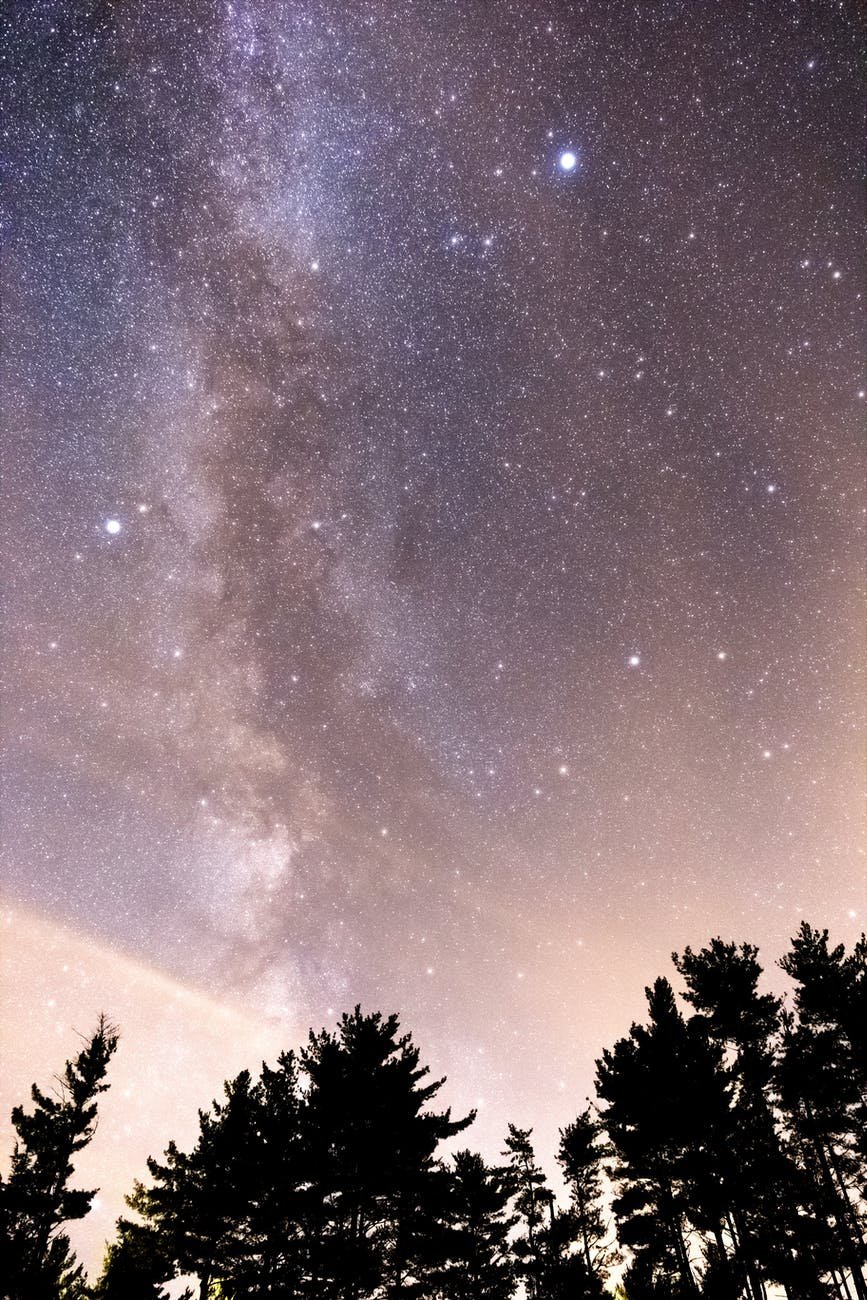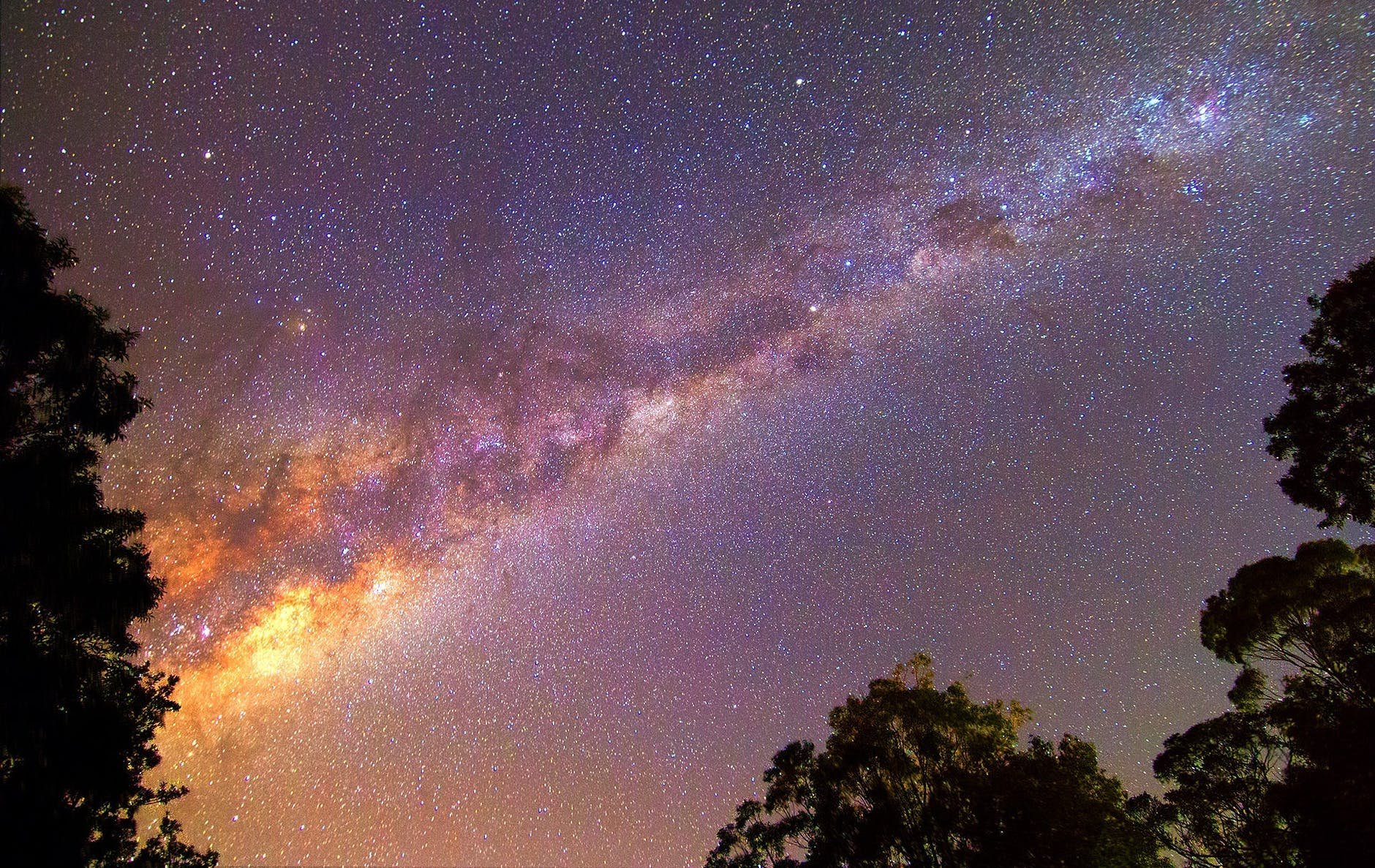The solar system will be putting on a real show in November as all seven planets aside from planet Earth will be visible at a certain point.
According to Earth Sky, Venus is expected to be the brightest planet this week, however, we'll also be able to spot the planets of Mercury, Jupiter, and Saturn - without the need for a telescope or a pair of binoculars.
You will, however, need these visual aids if you want a glimpse of Neptune or Uranus.
Related Video - Meteors that could destroy a whole US state or European country are a real threat to the earth, NASA's chief warned:
[[jwplayerwidget||https://content.jwplatform.com/videos/R1UGVUST-Q0L14jDU.mp4||R1UGVUST]]
If you want to know approximately when you can catch a glimpse of the planets in the solar system: Venus is sure to be a striking spectacle in the morning sky, essentially for the rest of the year, per Earth Sky.
The planet of Mercury will also be visible in the morning sky, with EarthSky explaining: "Mercury showcases a fine morning apparition for the Northern Hemisphere during the first several weeks of November 2020."
Venus will essentially be your "guide star" to Mercury. Basically, you need to look for what appears to be the brightest "star" in the sky before then looking downwards towards the horizon.
 [[imagecaption|| Credit: Pexels]]
[[imagecaption|| Credit: Pexels]]
According to Earth Sky, around November 12 and 13, you should watch the waning crescent moon in the morning sky, with Venus and Mercury also present in the sky.
Mars has been a visible sight in the night sky since the end of October. All you have to do is look out for a bright star that is relatively red in color - this is likely to be Mars.
Saturn and Jupiter will also be visible at night this month while they continue to edge nearer together in preparation for their great conjunction next month. This phenomenon only happens with these two planets every 20 years.
 [[imagecaption|| Credit: Pexels]]
[[imagecaption|| Credit: Pexels]]
"Watch for the moon in the neighborhood of Jupiter and Saturn for several days, centered on or near November 19," Earth Sky says.
As this week draws to a close, you will see Uranus, which is bluish-green in color. Per Yahoo, it's a little bigger and brighter at the start of November late in the evenings.
With the help of a telescope or binoculars, Neptune will also be visible in the night sky this month.















